
Know Your Ocean. Love Your Ocean.
On my extensive voyages across the globe I have discovered that it is the same story everywhere—not only in the gyres, but all the way from the Tropics to the Arctic. Our oceans have become a fine soup of plastic fragments.

Engaging Youth to Conserve Coastal and Marine Environments
As a young entrepreneur once myself, my journey with Planeta Océano has allowed me to witness the huge potential of young people in conservation and sustainable development. It has shown me the importance of engaging youth not only as participants and collaborators, but also as genuine strategic partners.
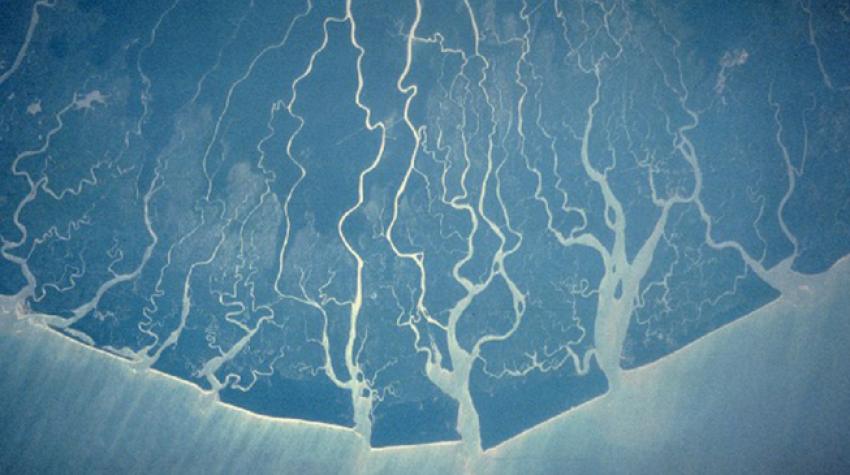
Mobilizing the Global Community to Achieve SDG 14
We cannot continue, let alone accelerate, the changes we are causing to ocean ecosystems. That is why the United Nations system is working with Governments and international, private sector and civil society organizations to strengthen governance structures and promote the implementation of international legal instruments and various management tools, such as integrated coastal zone management and marine spatial planning, and to facilitate a coordinated approach to the application of law and policies for environmental protection and sustainable economic development.

Global Marine Governance and Oceans Management for the Achievement of SDG 14
Scientists are seeing greater and faster change, with more rapid declines in ocean health than had been previously anticipated. Today we live in an age of a changing climate, and no part of the ocean is unaffected by human influence.
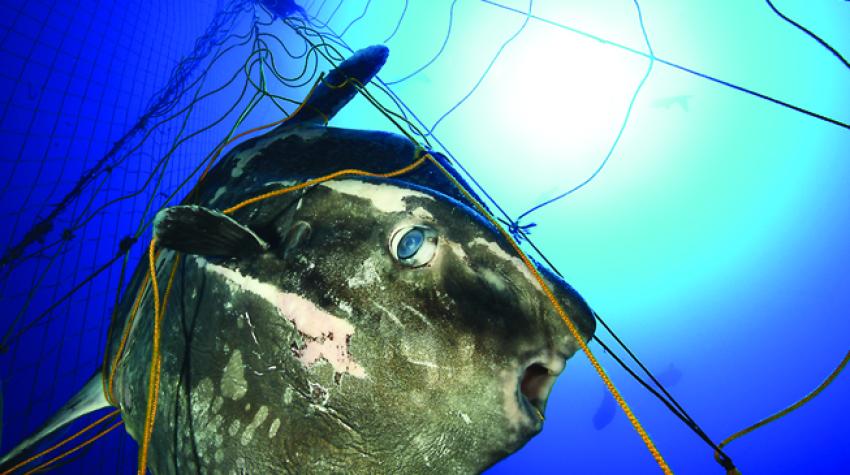
Maintaining Healthy Ocean Fisheries to Support Livelihoods: Achieving SDG 14 in Europe
The problems of ocean space are closely interrelated and need to be considered as a whole. So says the preamble to the United Nations Convention on the Law of the Sea-and never were those words more apt than in relation to the challenges we face today.
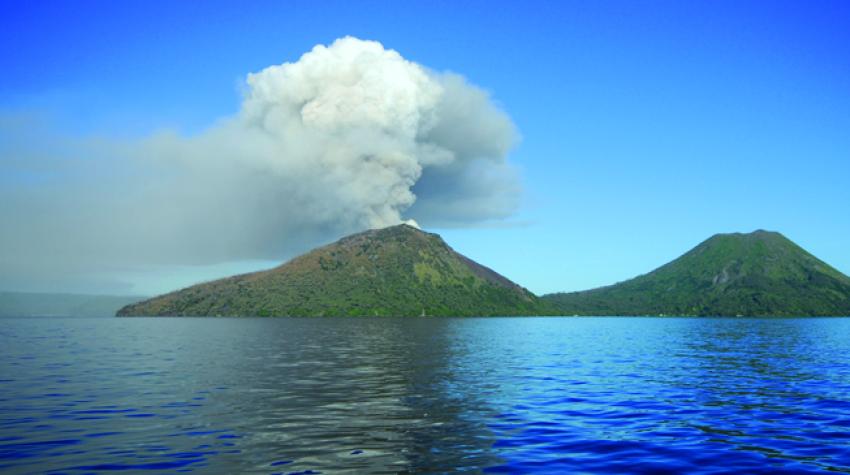
A Sea of Islands: How a Regional Group of Pacific States Is Working to Achieve SDG 14
The health of our oceans is fundamental to the health of our planet. Ninety-eight per cent of the area occupied by Pacific Island countries and territories is ocean. We sometimes refer to ourselves as Big Ocean Stewardship States in recognition of this geography. The Pacific Ocean is at the heart of our cultures and we depend on it for food, income, employment, transport and economic development.

Marine Biodiversity and Ecosystems Underpin a Healthy Planet and Social Well-Being
Marine biodiversity, the variety of life in the ocean and seas, is a critical aspect of all three pillars of sustainable development—economic, social and environmental—supporting the healthy functioning of the planet and providing services that underpin the health, well-being and prosperity of humanity.

The Ocean Conference: A Game-Changer
The Ocean Conference will be humanity's first universal moment of accountability to remedy the woes we have put upon the Ocean. We will come out of the Conference armed with a broad set of partnerships, commitments and measures to be put into action.

Achieving SDG 14: the Role of the United Nations Convention on the Law of the Sea
Oceans contribute to poverty eradication by providing opportunities for sustainable livelihoods and decent work. Over 3 billion people depend on marine and coastal resources as a means of support. In addition, oceans play a crucial role in the achievement of global food security, as well as human health and well-being.

The Arctic Ocean and the Sea Ice Is Our Nuna
For Inuit, the sustainable use of the marine resources and the future of the Arctic Ocean and sea ice is not a luxury—it is life itself; it is about protecting our culture. Inuit are adapting to changes and we will continue to thrive in the changing Arctic. We have much to learn and much to teach the world. We ask that you accept our invitation to discuss issues affecting our land. Our nuna, the Arctic.
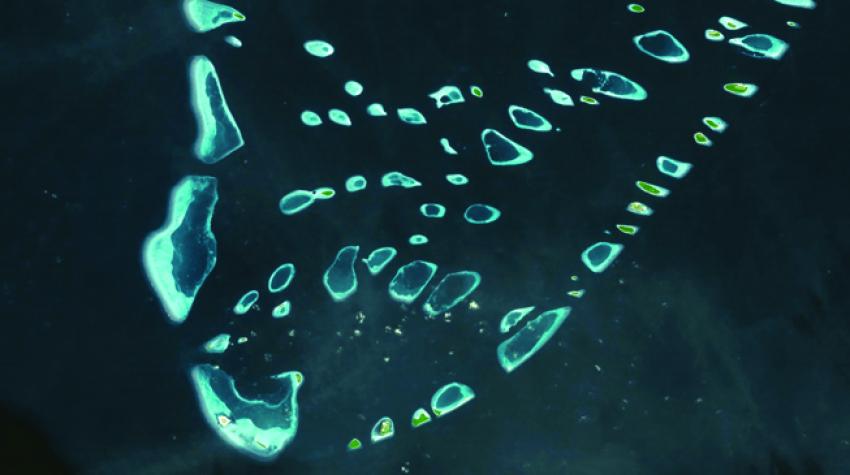
Protecting Small Island Developing States from Pollution and the Effects of Climate Change
There are few more powerful symbols of the international community's shared past and future than the ocean. From the earliest human migrations, it carried our ancestors to new continents, brought civilizations together, and opened the world to exploration and trade. It also connects us ecologically.
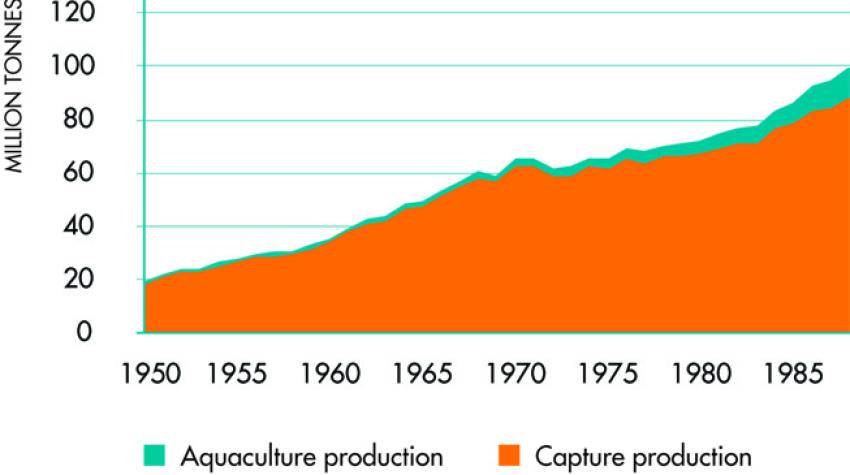
Achieving and Maintaining Sustainable Fisheries
However effectively fisheries may be governed and managed, they change the ecosystems in which they occur. The total biomass of fully exploited species is reduced, typically by more than 50 per cent.
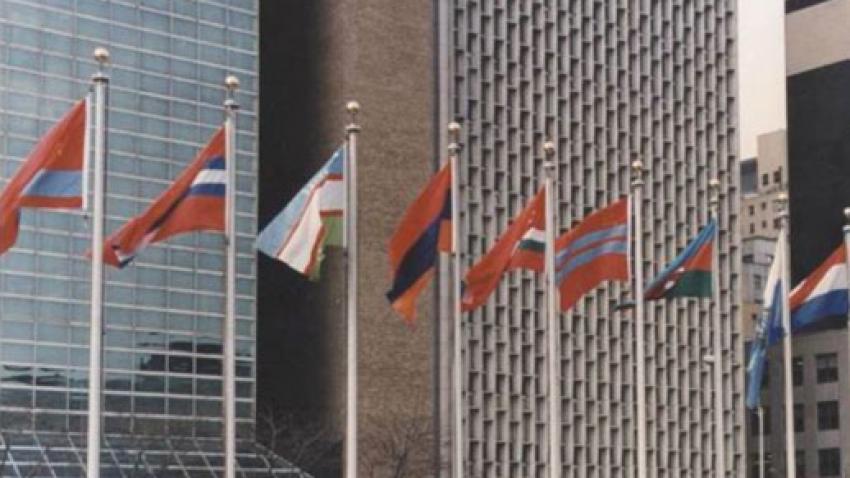
Twenty-five years at the United Nations: My Journey
There are probably moments in everyone's life when you experience an extraordinary feeling of elation, a particularly high sense of meaning in life, when you feel an integral part of your country and people. I experienced such moments of excitement and joy 25 years ago, on 2 March 1992, the historic day when the Republic of Kazakhstan was admitted as a newly independent State to membership in the United Nations.
China's Embracing Innovation Leads to the Future
What is behind the legacy of China? The country's emergence from a weak to a strong power has not been an indisputable fact. It is important to understand, however, if this change and the country's rise was a sudden phenomenon, or if it was based on a deep historical and cultural foundation.
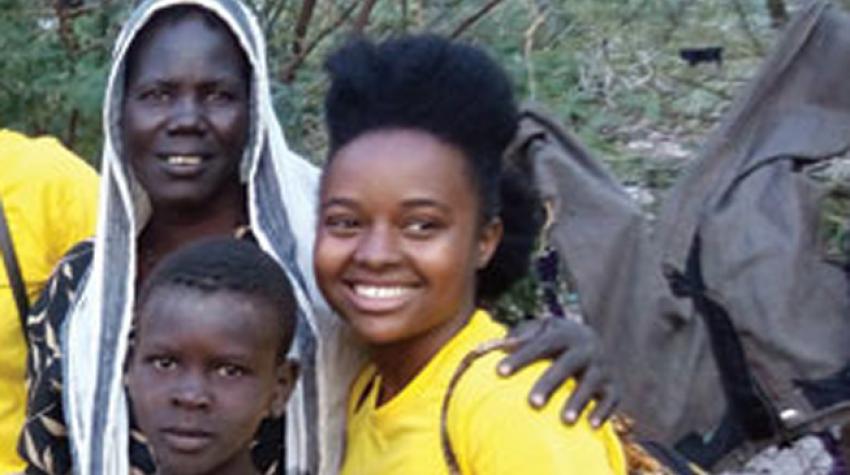
I'm Not Broken, Just Bent
Once driven out of their homes, away from all that is familiar, and everything they have has been taken away, refugees struggle to find any kind of connection to their motherland. Through language and culture, they hold on to the memories of their departed loved ones and ancestors. When everything around them is changing, refugees can only ask for their hearts to remain true to who they are.
